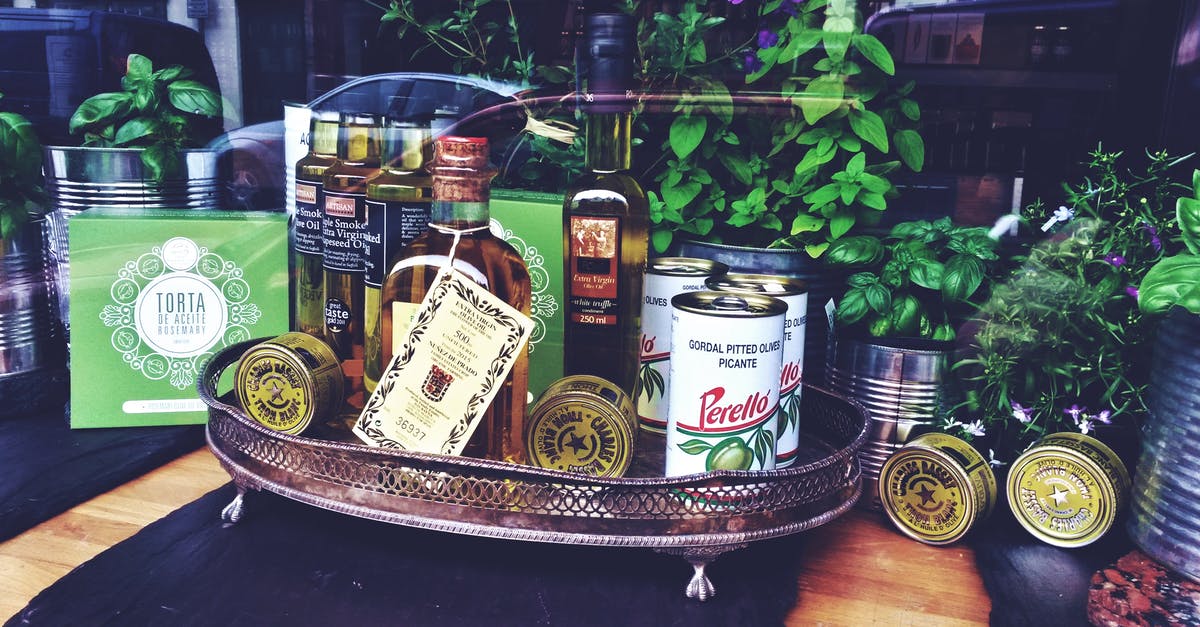What plants have the most oil?

I was looking into making my own vegetable oil, something exotic they don't have on store shelves.
So my question: Which plants, or what kind of plants, can you extract the most oil from? Would it be ones with low water content, or is it more complex than that?
Best Answer
Some background
Unlike animals, which have large amounts of fat and related substances throughout their body (cholesterol for example is a major part of the animal cell wall, the insulation of nerves also contain lots of fat), plants have cellulose based cell walls and very little fat in most of their tissues. They use fat mostly for energy storage for their seedlings, and sometimes to bribe animals towards their seeds. So, meaningful amounts of oil are practically always restricted to the seeds, with some exceptions (olive, avocado) found in the fruits. Fat does exist in other parts of plants, but in miniscule amounts.
The economics of oil making
Traditionally, oil has been made by pressing. For this, people used edible seeds, preferring those which are rich in fat, large, and easily separated from non-seed matter. That's how you get traditional oils like sunflower, walnut or peanut. With industrialization, seeds as byproducts of other food became available (e.g. rice bran or grape seeds) and methods were developed for getting oil out of seeds which are lower in them, for example chemical extraction. So the palette of available oils grew. Nowadays, you also get speciality oils which are not traditional, for example argan oil and pine nut oil. They tend to cost more because 1) there are no economies of scale, 2) there is less demand, and 3) the traditional oils are the low-hanging fruit in yield.
By the way, even though you tagged this with "vegetables" and stores use "vegetable oil" as a catchall term for different oils, the oil is not made from the plant parts we eat as a vegetable. Corn oil, safflower oil, etc. are all made from the seeds, not from the green parts of the plant you would usually cook as a "vegetable".
Making oil at home
You obviously cannot start a huge production with hexane extraction and whatnot, so you will have to keep to traditional methods, which is basically pressing. This can be fun, but you also have to consider what it is not:
- it is not going to save you money. Because of the logistics involved and the economies of scale for industrial producers, the seeds used for 1 liter of oil will cost you more than buying one liter of oil of the same time. That's before you start counting opportunity costs.
- it is not going to be convenient. The logistics of having a large oil press sitting around, or dealing with large amounts of raw material and spent pomace for small amounts of oil, or spending time to make the oil, are considerable.
- it will not give you access to more exotic oils. As discussed above, with home methods you are constrained to certain oils, and these are the same oils which have been popular since preindustrial times and thus widely available. Even when you think of plants which have a good oil yield but are not traditionally used for oil, you only have to search a little bit online and you will find that the oil is probably easier to obtain than the raw material. Good examples are argan oil or hemp oil. If they seem costly, read the points above - they will be even costlier when you make them yourself.
I am not trying to tell you not to do it, but to point out the realities of doing it. If you still want to do it, go ahead - sometimes the joy of having learned something new, or of making the things you consume with your own hands is worth the hassle.
A rough list of good plants to use
I will restrict this one to nuts, because 1) it is much easier to obtain nutritional information for them than for other seeds, and 2) it is unlikely that you will find a good source for other kinds of seeds. So here is what a simple search on nutritiondata yields for nuts high in fat. Note that it is not perfect, because it depends to some extent on the preparation of the nuts. Also the categorization isn't perfect - the list includes some not-exactly-nuts like coconut and sunflower seeds, but not others like peanuts. Note that you can buy the oil from practically all of these. The ones I have not seen as oil are hickory nuts and butternuts, but I have never seen the actual nuts either, so I suspect that in areas where you can get the nuts themselves, you will probably also find the oil.
- Macadamia
- Pecans
- Coconut
- Pine nuts
- Brazil nuts
- Walnuts
- Hickory nuts
- Hazelnuts
- Butternuts
- Sunflower seeds
- Almonds
- Sesame seeds
Pictures about "What plants have the most oil?"



Quick Answer about "What plants have the most oil?"
The oil palm produces the most oil per acre of any crop. Several oils, such as cottonseed oil and corn oil, are by-products of other industries. Even weed seeds removed from cereal grain in large terminal elevators may be processed for their oil, particularly wild radish and wild mustard.What plant has the highest oil content?
Soybeans are the world's largest oilseed crop, with a production of about 56 % of the world's total oilseeds.What plants are oily?
Oil-seed camellia, oil palm, olive, and coconut (Cocos nucifera) are the four well-known woody edible oil plants in the world, as they possess a high oil content. Among bulk herbaceous edible oils, the unsaturated fatty acids (UFAs) are the highest, approaching 80%, in peanut oil and rapeseed oil.Which seed has most oil?
Among the oil seed crops, soybean is the major contributor in world oil seed economy followed by rapeseed mustard, cotton, peanut and sunflower.What plant produces the most vegetable oil?
Palm oil produces more oil per hectare than any other major vegetable oil crop, at 3.3 metric tons per hectare. In comparison, soybeans produced just 0.4 metric tons per hectare. Palm oil comes from the oil palm fruit, and has been growing in demand in recent decades.The Extraction Of Plant Oils | Organic Chemistry | Chemistry | FuseSchool
Sources: Stack Exchange - This article follows the attribution requirements of Stack Exchange and is licensed under CC BY-SA 3.0.
Images: Pavel Danilyuk, Allan Mas, Suzy Hazelwood, ROMAN ODINTSOV
